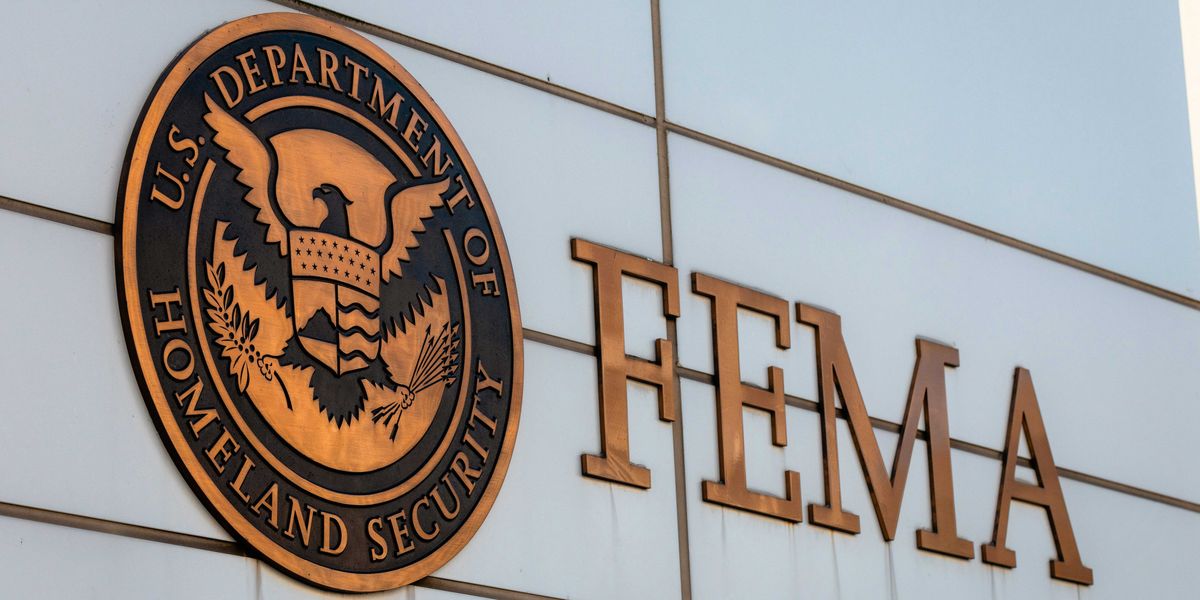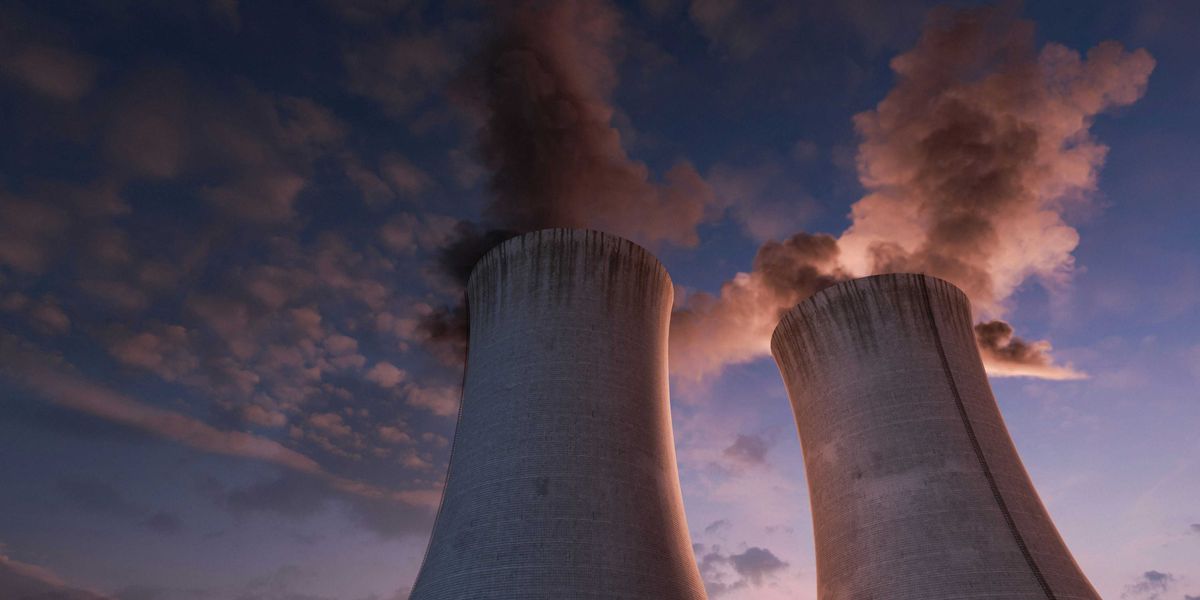
Trump administration climate report accused of containing over 100 false claims
A federal climate review commissioned by the Trump administration to support a rollback of emissions regulations contains more than 100 false or misleading statements, according to an analysis by Carbon Brief and dozens of climate scientists.
Ayesha Tandon, Leo Hickman, Cecilia Keating, and Robert McSweeney report for Carbon Brief.
In short:
- The U.S. Department of Energy’s 140-page report, released in July, was written in two months by five researchers chosen by Energy Secretary Chris Wright, a longtime climate skeptic.
- The document questions the economic risks of carbon dioxide and warns that strong emissions cuts could cause more harm than good, claims scientists say misrepresent established research.
- Nearly 10% of the report’s 350 citations come from its own authors, and expert reviewers identified factual errors, cherry-picked data, and misleading interpretations.
Why this matters:
Climate reports from federal agencies shape the policies that determine how the nation responds to global warming. When official documents misstate or distort the science, they not only weaken legal grounds for regulating emissions but also confuse the public about the risks. Heatwaves, floods, wildfires, and sea level rise are already costing lives and billions of dollars. Suggesting that carbon dioxide may be less harmful, or that reducing it could be dangerous, downplays the threat to health, infrastructure, and ecosystems. At a time when the evidence for climate disruption is stronger than ever, misinformation at the highest levels of government can delay action, amplifying damage to both the environment and human well-being.
Read more: Trump administration escalates push to discredit mainstream climate science













